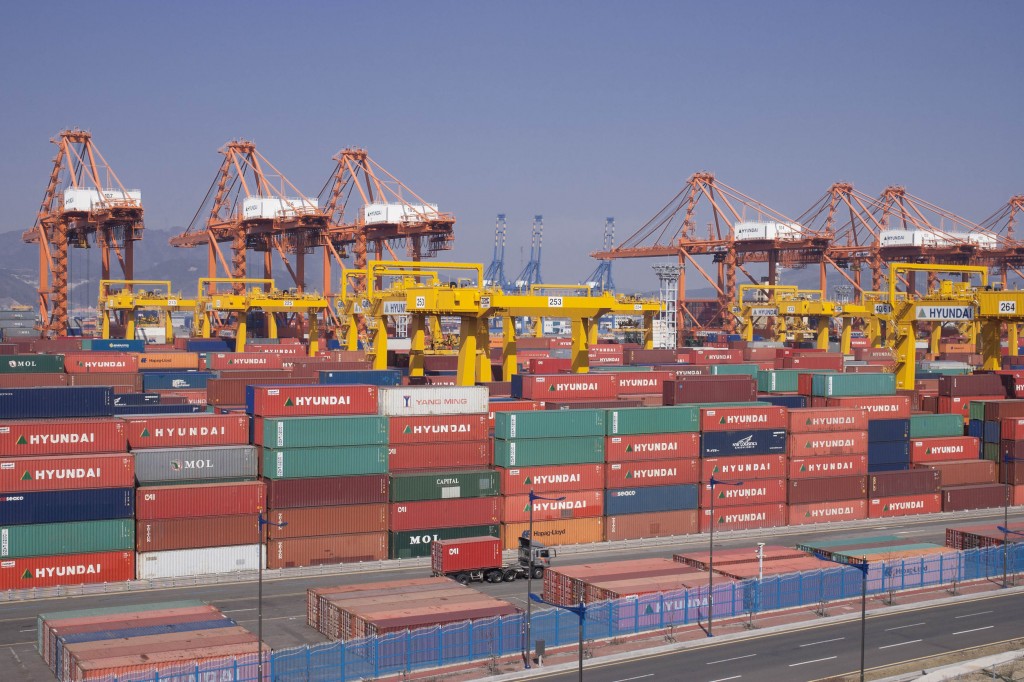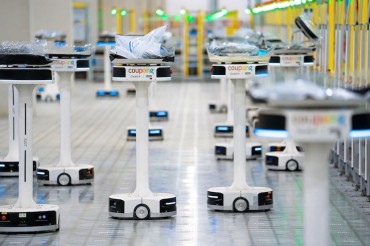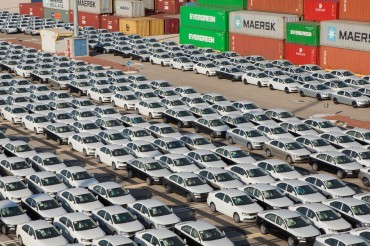
City officials said that despite Hanjin Shipping’s bankruptcy, Busan’s container cargo handling has gained on a rebound in South Korea’s exports and increased cargo on routes to the Americas following the dedication of the expanded Panama Canal. (image: KobizMedia/ Korea Bizwire)
BUSAN, May 23 (Korea Bizwire) – Container cargo handled at South Korea’s biggest port of Busan has edged up over the past eight months despite the demise of Hanjin Shipping Co., once the country’s No. 1 shipping firm, data showed Tuesday.
Container cargo processed at the southeastern port came to 13.05 million twenty-foot-equivalent units (TEUs) between September 2016 and April this year, up 1.6 percent from the same period from 2014-2015, according to the data by the municipal government.
Hanjin Shipping, once the world’s seventh-largest maritime transport company, was put under court receivership in September last year as its creditors, led by the state-run Korea Development Bank, rejected its self-rescue plan.
In mid-February this year, a Seoul court officially declared Hanjin Shipping bankrupt, terminating its 40-year run and heralding a fundamental change in the country’s shipping landscape.
In April alone, Busan’s handling of container freight reached 1.77 million TEUs, up 1.59 million TEUs during the same month a year earlier.
Over the eight-month period, trade cargo processed at Busan rose 5.1 percent on-year to 6.54 million TEUs, while transshipment cargo fell 1.7 percent to 6.51 million TEUs.
City officials said that despite Hanjin Shipping’s bankruptcy, Busan’s container cargo handling has gained on a rebound in South Korea’s exports and increased cargo on routes to the Americas following the dedication of the expanded Panama Canal.
South Korea’s exports have been expanding since November, with the annualized growth rate reaching as high as 24.1 percent in April.
Also responsible was the relatively good performance of SM Line Corp., which acquired Hanjin Shipping’s routes to the Americas. SM Line has handled 35,000 containers since early March.
“The bankruptcy of Hanjin Shipping was feared to send cargo handled at Busan plunging, but the port was able to avoid taking a hit, helped by increased trade volume,” a city official said. “However, the growth rate of cargo handling over the eight-month period slowed from a 3.7 percent increase recorded over the past five years.”
(Yonhap)






